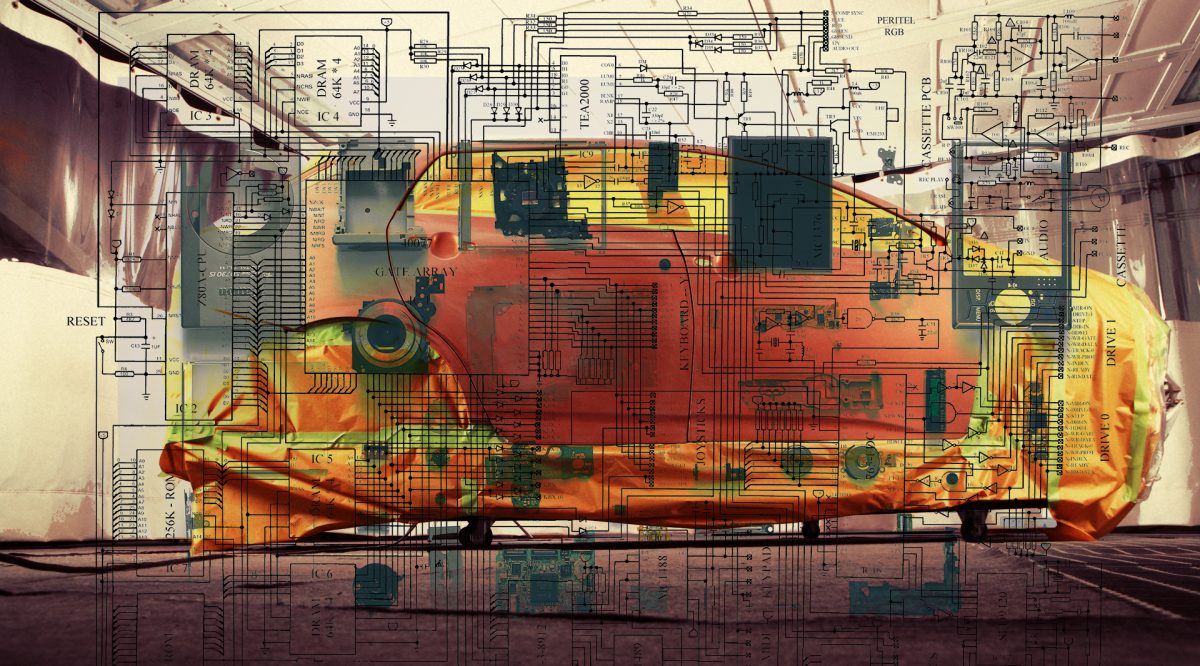The automotive industry is experiencing a significant shift in the way people are buying cars. In addition, as the number of millennials grows, people will be looking for more environmentally friendly, connected, and autonomous vehicles. Mckinsey & Company predicts that these emerging trends will impact the automotive industry in 2021.
Connectivity
Connectivity refers to the developments in the automotive industry that are related to online connectivity. With this trend, vehicles will communicate with other cars and their surroundings using a wireless internet connection.
For example, some of those technologies include vehicle-to-vehicle (VtV) communication technology such as DSRC or LTE, which allows drivers to exchange information about upcoming traffic conditions, and car-to-infrastructure (Cti) systems eHorizon, which can notify a driver of any changes in road conditions ahead, and others.
Another typical example of connectivity in the automotive industry is vehicle-to-home (VtH) technology. It enables a car to connect with other devices at home, such as the lights and thermostat, which will automatically turn on when you arrive or start charging your electric car or connecting the battery charger through an app before starting your journey.
Autonomous
Autonomous refers to a vehicle that drives itself. It is a self-driving car, and you can use it for ride-sharing services or personal use. The technology has been under development by many companies, including Uber, Google, and Tesla. Most cars will have autonomous abilities but still require the driver to take control of the wheel in some cases, such as when driving on an unpaved road or during inclement weather conditions like heavy rain or snowfall.
Consumers also have concerns about possible hacking into their vehicles, which could lead to accidents involving injuries or even fatalities if not adequately protected against cyber-attacks. Compared with manual drive experiences, this new technology offers significant benefits related to convenience and safety; however, there might be a need for more time before completely turning over control to the vehicle.

Sharing
This is where cars will not be just for one person, but multiple people can use them at different times. It is an excellent opportunity to reduce traffic on the roads and save money as you are sharing vehicles amongst each other and will not need as many cars.
It is excellent for companies as they can reduce the number of vehicles that they own and so save money, this will also help them as more people can use shared cars.
However, there can be some downsides to sharing a car, such as insurance costs, or if you’re not around when another person needs the car, you may miss out on an opportunity for extra income from renting it out via a website like Uber.
Electrification
This means people driving gas/petrol-powered vehicles may need to upgrade their car’s engine or buy an electric vehicle because it is becoming more common for companies to require employees who drive company cars to have a low-emission vehicle. In addition, the government encourages this type of behavior since they provide tax breaks and incentives for buying environmentally friendly automobiles.
Some countries like China already place restrictions on what kind of new cars you can purchase based on pollution levels from older similar models still being driven around. It means you can’t buy a new high emission model if there is too much air pollution where you live due to other drivers having fewer environmentally-friendly automobiles than yours.
Conclusion
In conclusion, many different trends will continue to affect the automotive industry this year and future.


